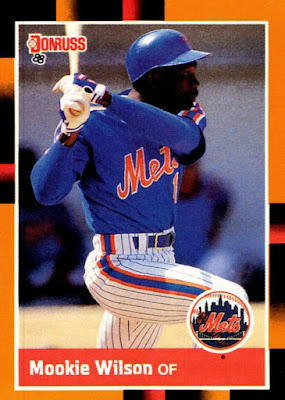Back when I was a kid in the '80s, space travel and keeping the universe safe from evil was a pretty big theme out there in the world of entertainment. One of the coolest animated shows to utilize that theme was Voltron: Defender of the Universe. It originally ran from 1984 to 1985.
To describe the show:
Imagine five members of a special team, each piloting a fierce-looking robotic lion through outer space. And if that's not cool enough, when it was really time to fight the bad guys, the team would transform their lions, combining them into Voltron, the giant sword-swinging mechanical hero who would defend said universe.
Here's the opening to the show. It lays out the story quite nicely.
And man, if they ever wanted to
add more members to the Voltron Force, all they'd have to do is play
that theme song. Recruits would line up for miles. (Note: I'm pretty sure the narrator is the same guy who did the voice for Optimus Prime in the original Transformers cartoon.)
But why all the nostalgia for Voltron? Well, recently I discovered that in 1984, Panini released a sticker set all about the show. There were 216 stickers in all, plus a 32-page album that had designated spots for each sticker.
I'm not about to set off on that collecting journey, but I did purchase three of the stickers, just for a dose of that nostalgia.
Here's the first one, showing the team of five (from left to right): Pidge, Hunk, Keith, Princess Allura, and Lance.
As for the fancy guy on the right, his name is Coran, and he's an advisor to the Voltron team. I don't have much recollection of him, but apparently he's integral enough to be featured on that sticker.
What I do remember is that my sister and I and three of our
friends would sometimes get together and pretend that we were the team. My sister and the other girl in the group would trade off being the princess. As for me—the only one who wore eyeglasses—I almost always ended up
taking one for the team and playing the nerdy little pipsqueak kid, Pidge. (What the heck, man?)
But it was a small sacrifice. After all, I was a member of the force. And it was fun. Most of our play-acting involved sitting
on our skateboards and riding down a hill (when it was clear of oncoming cars). We'd imagine that our boards were
the lions, and that we were piloting them.
The next sticker features Voltron when he's assembled from the five lions. Majestic, yes? If I remember correctly, each lion had different abilities and strengths, and when they formed Voltron the pilots all worked together to defeat the bad guys. Good lesson for kids there, isn't it?
And here's the third sticker. Another shot of Voltron looking quite regal and legendary.
Next, a sticker back.
I like how the note appears in six different languages: English, German, French, Italian, Dutch, and Spanish. Here are the rough translations.
English: Collect these picture cards in the album available from your shop.
German: Ask your newsagents about the album for this series.
French: Ask of your retailer the album for the collection of these images.
Italian: Ask your dealer for the album to collect these stickers.
Dutch: Ask your seller for the album for your collection of these pictures.
Spanish: To collect these stickers, buy your album at any kiosk.
The Spanish one gets right to the point, doesn't it?
Now here's a look at the album (images courtesy of the internet).
First, the cover.
Next, a couple of interior pages.
You can see the layout is similar to Panini's baseball sticker albums of the era, even down to some of those combination stickers, where you need #118 and #119 to complete the image, for example. (This Voltron set also had a few special foil stickers, just like the baseball versions.)
The three stickers I purchased will provide a lot of fun memories, and for only a couple of bucks, including shipping. Glad I stumbled across them.
Have any of you recently discovered obscure sets like this one?
Did any of you choose characters from your favorite shows and play out action-packed scenarios when you were kids?
Share some experiences in the comment section, and thanks for reading, as always.


























